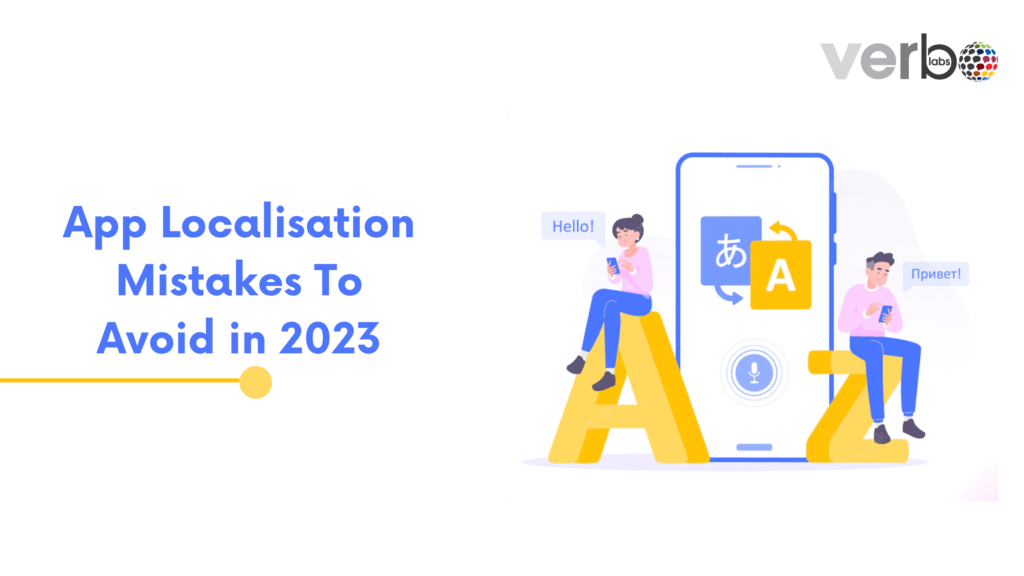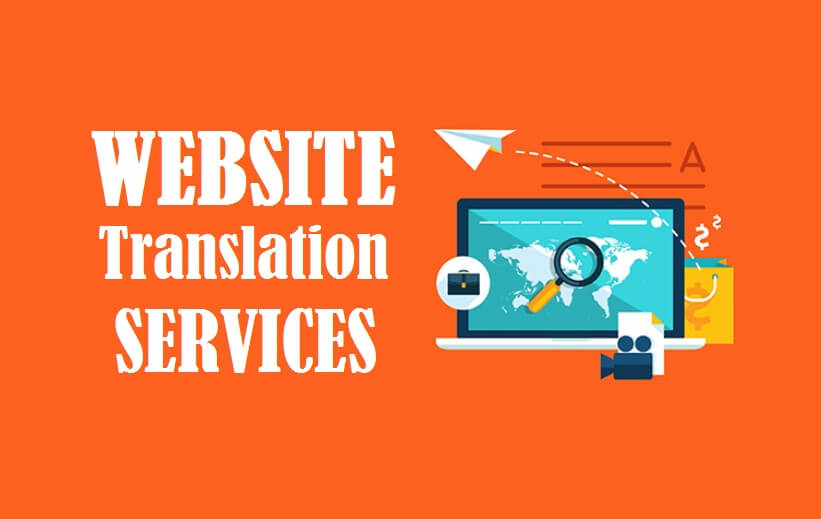Want to grow your business internationally? But, don’t know how to do it? Here is the answer! Application localization is the key to growing your business globally with an efficient message which you want to give to your audience. But, that too in a professional manner along with smart skills. Do you know that any application that is badly localized for a local audience can lose around 13% of the whole audience? What is the exact reason behind this? Here are the few app localization errors that any business owner makes during the process. Your application plays a likewise role in the online presence of your business. It represents your brand image or business. Actually, in some countries, it is highly pivotal because a large number of customers search or purchase items using a mobile phone rather than a computer. However, if you make a few mistakes during the localization of your app, your company may be unable to reap the benefits of mobile app translation. One must go through the root cause of errors during the localization process.
For a challenge as critical as application translation, you need a partner who can help to overcome the avoidable app localization mistakes and deliver a comprehensive and accurate localized app. VerboLabs is one of the top leading companies in the world which is providing app localization services. VerboLabs is the right blend of expertise, coupled with various experiences in translating a variety of apps for a range of businesses, and different languages, audiences, and cultures. The company, with many years of experience in app localization, has delivered results in the form of apps that contribute to matching user needs and enhancing user experience. Let’s understand the mistakes to avoid them.
List of 9 App Localization Mistakes to Avoid in 2023
- Setting unobtainable launch timelines
- Creating unendurable design
- Not fulfilling cultural contexts
- Avoiding differences between local languages
- Utilizing the wrong date and time formats
- Concatenation of Coding
- Avoid providing sufficient script space
- Colour signifies many things!
- Forgetting about quality assurance
- Setting unobtainable launch timelines
While initiating a localization procedure for an application, one should always know how long it will probably take. This will save you from making incorrect promises and even missing the localized app launch date. Very few languages such as French and German are way smoother to localize in comparison to others, like Japanese and Finnish.
- Creating unendurable design
Another glitch that arises at the time of app localization is failing to check for design and format of the script. For example, one can read the Arabic language from right to left, while Chinese is from top to bottom. Thus, when you do efficient mobile game app localization in Chinese or Arabic language, the app should support such definable scripts so that graphics and products/services are showcased in the best possible way.
- Not fulfilling cultural contexts
A word may sound another way in one language and be undesirable or irrelevant. While your translators will undoubtedly understand such differences, what about your smart coders? Many companies forget to keep their skilled coders aware of such multilingual complexities.
- Avoiding differences between local languages
While translating, several companies think that everyone in the same zone understands the identical language. But this isn’t completely true. Every town, city and state each has its own language. Therefore, if you are leading affordable web app localization for some particular locale, you must understand the variations and differences.
- Utilizing the wrong date and time formats
Different sectors have several systems for displaying the time and date. While translating your app, always enable you to adjust the date and time format according to the particular region.
- Concatenation of Coding
Many developers like to make a chain of sentences together using a single placeholder/code. Despite the fact that this may work well in English, it can repeatedly backfire in another language. The localization and translation process involves various languages that are primarily written in other formats and employ other grammar regulations. Consequently, consolidating your codes may completely translate the meaning of your digital content.
- Avoid providing sufficient script space
English letters are comparatively small in comparison with other languages like Hindi, Korean, and Mandarin Chinese has quite wider letters and likewise, comes with wider accents. This pointer implies they demand enough space on your app’s screen dimension. The app developers should make adequate space for the draft on your app so that it doesn’t look out of shape or smashed when viewed on other apparatus.
- Colour signifies many things!
Different nations have different meanings for colours. E.g: red stands for fruitfulness in India whereas it signifies the colour of mourning in Africa. Similarly, in Japan, pink is meant for men, but in India, it represents women. Along with graphics and text, you also have to localize your app’s colour from the background to the fonts.
- Forgetting about quality assurance
Be it your coder or the person who is doing localization, everyone might make errors while they’re translating the app. Like stringent quality assurance in the translation process, in localization as well, a skilled QA test can go a long way to establish any problems that require rectification. Unfortunately, many organizations hardly guide proper checks of their well-topical sites. Forgetting this option can actually concern the effectiveness of the final product/service.
Want to expand internationally? Perfect, but do you know how to translate your company and keep your company’s reputation entirely? The expansion globally comes with challenges to ensure your company’s success across countries, you have to explore, find the market where your services are, fill a need, team up with local partners, secure funding, make an impact, and eventually. In view of that more than 70% of the world’s population does not speak English as their native language, localizing and translating your marketing strategy tops the “to-do” list of your business.
Conclusion
To enable these mistakes to not get repeated you need to look for a well-known localization company, including talented translation experts who can help you build a powerful, culturally relevant, localized app, and also make it possible for your application to endure the most rigorous quality tests. The translated platform comes with useful online tools to help your translators and developers. Read about built-in features that VerboLabs will help your developers by in your web app localization. In the localization of the app, not only do we help you create a culturally-appropriate, strong, localized app, but we also enable you to submit it to the most rigorous quality tests.
Your app is just as important as your website. In fact, in a few countries, it is more substantial because more costumer’s shop using a smartphone than a desktop. So, you should plan for app localization, and above listed are the top 09 mistakes to avoid in app localization: While amusing, these translation mistakes can make your company lose in terms of both their reputation and finances. Translation or localization is a highly skilled business and good quality translation can’t be rushed – the flaws of machine localization have certainly shown us that. For smaller organizations, there is much to discover from the big brands’ translation missteps. Attention to aspects is clearly the complete key when it comes to marketing translation. Businesses that want to connect with audiences overseas need to be sure that they have used natives of the relevant nations to translate their credentials.



